
Small Claims Process Philippines (Step by Step Procedure)
The Small Claims court process is something that you’ll need to know well to file successfully.
There are 6 major sections:
- Overview of the Small Claims Court Proceeding
- How to file a Philippine Small Claims case
- Summons and Response of the person who owes the money
- Hearing
- Decision
- Philippine Small Claims Cases: Dismissal and Reasons Why

Check out our Small Claims Court Complete Guide for the documents you need to file and the evidence you need. The filing fee information is here.
For this article, I’ll be focusing just on the small money claims process and the rules you’ll need to remember so that the case is given the best chance of success.
Small Claims Philippine Court Process: Overview

The Philippine Small Claims Court Proceedings should be adhered to so that your case is not dismissed and proceeds smoothly.
Below is a flow chart of the Small Claims Court Process but I will also go through this in great detail below.
Small Claims Proceedings Philippines: Filing the Case

What are the documents needed to file a Philippine Small Claims case?
The Statement of Claim, Certificate of Non-Forum Shopping, the Judicial Affidavits and the Motion to File as Indigent that you need to submit are explained in this article.
If your documents are complete (and your evidence is great), then you are ready to file.

Rules to Remember:
- Submit complete evidence since it’s hard to add evidence after the case is filed.
- You can put several contracts in one case so long as the total is not more than Php 400,000 excluding interest.
- You can attach certified true copies so long as you present the originals at court.
- Sign the document.
- You can file at the court of the city or municipality where you or the person who owes money lives. If you are in the lending business and have a branch where the person who owes money lives, then you would file there.
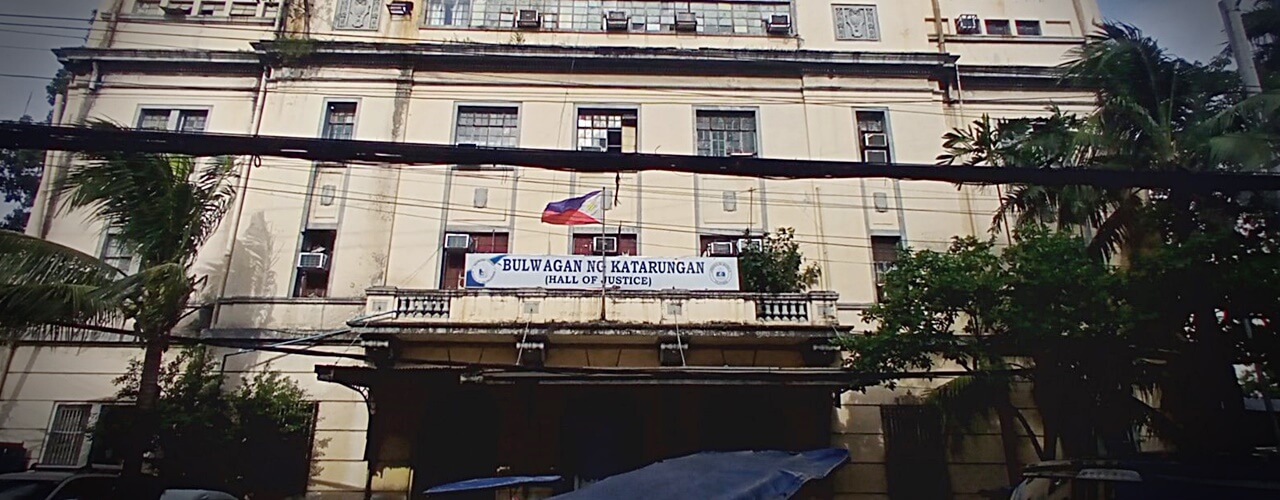
After submitting your documents, your filing fee will be calculated.
Read our article on Small Claims Filing Fees to see how this is calculated and if yours can be waived.
You can pay your filing fee or try to waive it.
Your submitted documents will be assessed. If they are lacking, the case will be dismissed.

And note that if your request to waive your filing fee is denied, you will need to pay the fees within 5 days. If unpaid, the case will be dismissed.
Always check back with the court to see where your case has been assigned so that you know which court you’ll work with.
It’s useful to get contact numbers and emails of the court staff so that you can easily follow up.
If your case was dismissed, check out our section on Philippine Small Claims Cases: Dismissed Cases and Common Grounds for Dismissal
Small Claims Process Philippines: Summons and Response

When your case is successfully filed, the Court will issue a Summons to the other party or Defendant, a Notice of Hearing and a blank Response Form.
The court will include a copy of your Petition and all the evidence so that Defendant can address your concerns.
Some people try to limit the evidence in their Petition so as to “surprise” the other party.
But this can cause the case to be dismissed.

The Philippine Small Claims Court Process is that your complete evidence must be submitted when you file the case.
It’s generally better to follow the process, since it removes the risk that your case is dismissed.
The summons must be served to the Defendant at their address and the court will direct the Sherrif to try to serve it.
If the Sherriff cannot serve the summons, the court will direct you to serve the summons.
You must accomplish this and show proof that it was served otherwise your Small Claims case can be dismissed.
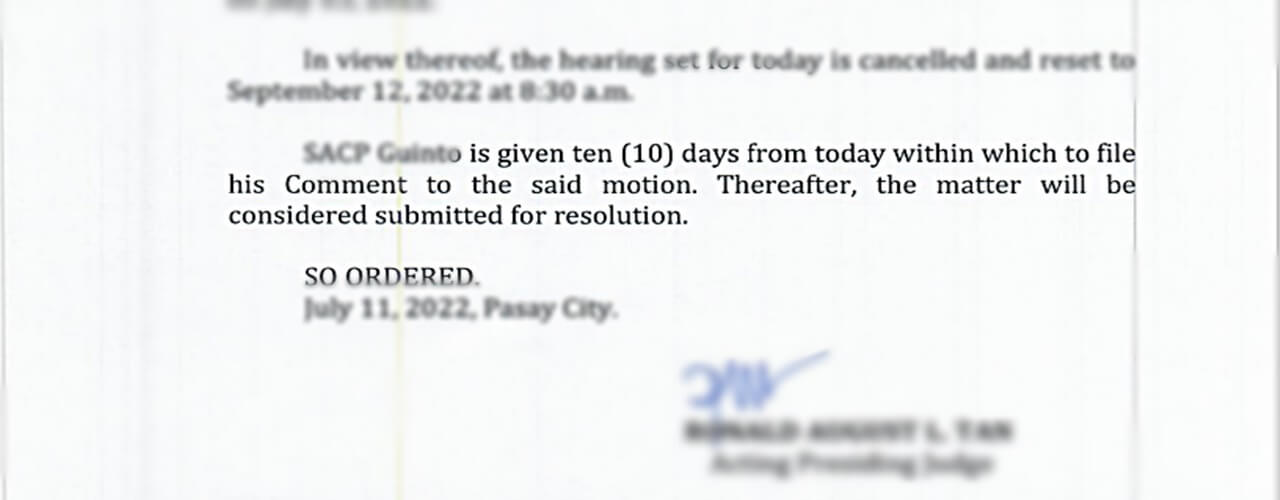
When successfully served, the Defendant must respond within 10 days, otherwise the Court can decide just based on the evidence you present.
(So, please respond with the Response Form if you are the Defendant so that your side can be heard.)
Then, the next step is the hearing which is stated on the Notice of Hearing.
Small Claims Process Philippines: Hearings

The next step in the Small Claims court proceedings is the hearing.
Armed with both your Petition and the Defendant’s Response, the judge will question you both when you appear on the hearing date.
If all parties show up, then the judge proceeds to try to mediate between the 2 of you in a Judicial Dispute Resolution.
- If an agreement is reached, the court will approve this.
- If an agreement is not reached, then the court will try the case and render a Decision on the same day.
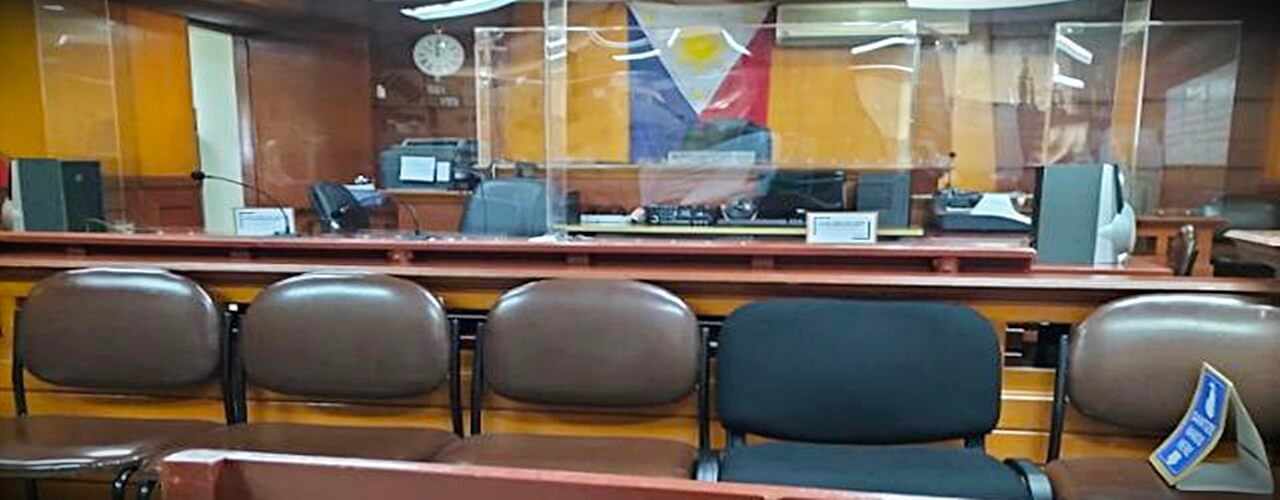
Now, what happens if you or the other party do not appear at the Hearing?
- If you appear and the other party does not, then the judge will make a decision based on what was submitted
- If the other party does not and you appear, then the judge will make a decision based on what was submitted
- If both of you do not show up, the judge may dismiss the case.

Can you postpone a hearing?
Yes, but you can only do so once and you must submit proof that you physically cannot make it.
I’d advise that you do your base to appear on the Hearing Date – it’s much easier.
Philippine Small Claims Court Proceeding: Decision

The judge will issue a Decision within the day or at the most 24 hours (ideally).
The Decision can then be executed through a Writ of Execution.
A Writ of Execution is carried out by the court Sherriff.
The court Sherriff can enforce the judge’s judgment by garnishing wages or enforcing it on bank accounts so that you are paid.

The court Sherriff may also take such things as vehicles or property so that your debt may be paid.
You’ll really have to work with the court Sherrif so that the Writ of Execution is done.
This may mean following up at court and frequently speaking to the court Sheriff.
Why was my Philippine Small Claims case dismissed/not accepted?
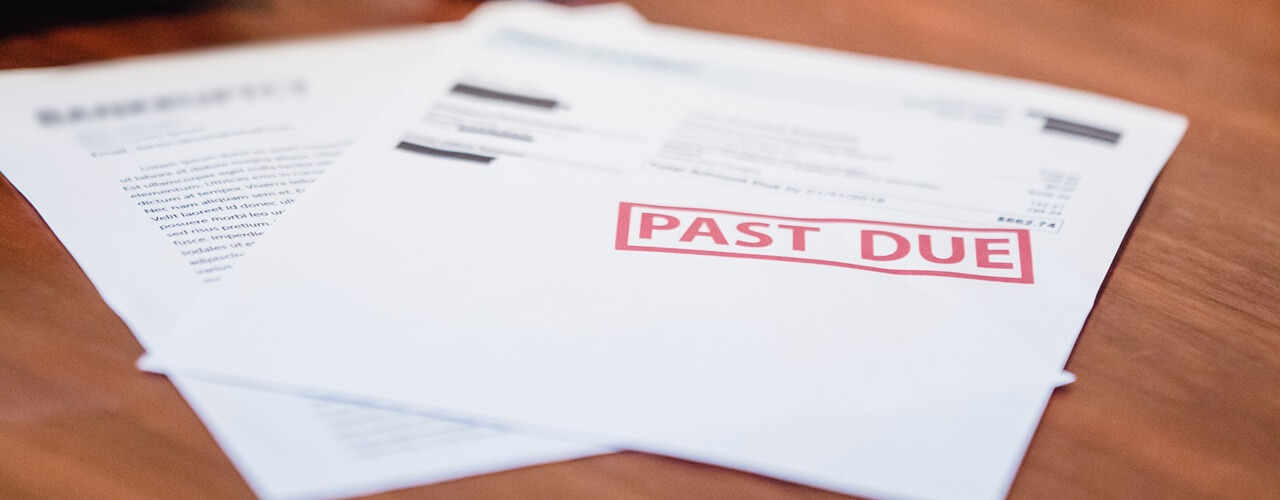
Your Small Claims Philippine case may be dismissed because of missing Judicial Affidavits, unpaid Small Claims filing fees, misrepresentation as to your being engaged in banking or financing businesses, failure to file at the correct court or failure of both parties to appear during the hearing among many others.
Some of these reasons are due to weak evidence while others are a result of not following the Philippine Small Claims court proceeding process.
Let’s go through some of the reasons that a case is dismissed in more detail.
Philippine Small Claims Dismissed for Lack of Evidence
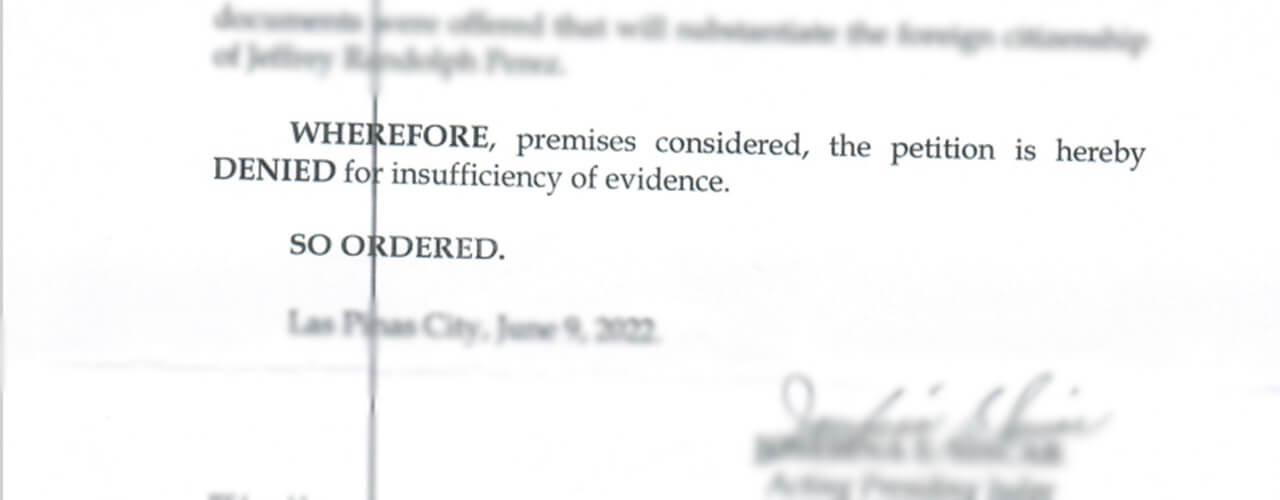
First, a Small Claims case in the Philippines can be dismissed because of a lack of evidence such as missing Judicial Affidavits.
A Judicial Affidavit (link to: https://sc.judiciary.gov.ph/1459/) is a notarized witness statement written down and submitted to the court when you file.
This and other documents are necessary evidence.
When your Small Claims case in the Philippines does not have complete evidence, it can be dismissed when you file.
Even if not dismissed, it does not have a good chance of winning.
(Note that you cannot appeal if there is a Decision against you which is why people often require legal advice on the evidence since it is quite difficult to do well.
Philippine Small Claims Dismissed for Unpaid Filing Fees

Unpaid Philippine Small Claims Filing Fees will cause the case to be dismissed. Check out our Philippine Small Claims Filing Fees article to calculate the fees or learn how to waive them.
In some situations, the court might assess if a filing fee is applicable to you which is usually when you have applied for a Waiver.

In this case, it is best to check with them periodically so that you can pay the filing fee within the 5-day time period required.
When you miss this 5-day filing fee period, your case may be dismissed.
(It always pays to follow the Small Claims Court Process because it saves you so much effort in the long run.)
Philippine Small Claims Dismissed for Misrepresentation of Lending Business

The third reason is when you misrepresent whether or not you are involved in the business of lending.
Filing fees increase based on the amount involved if you are in the business of lending.
Some people say they are not in the business of lending to save money.
However, your case can be dismissed if this is the case (and you might not be able to file again.)
Philippine Small Claims Dismissed for Incorrect Venue

Another frequent reason a case is dismissed is not filing at the correct venue.
The Small Claims Philippine process is very clear on where these cases are filed.
If you file in a different court (because you know the judge or court staff or because you want to “expedite” the case), your case can be dismissed.
Philippine Small Claims Dismissed for Non-Appearance

If you’ve filed the case, you must appear in court to avoid your case being dismissed.
The judge will require your appearance as he may ask for clarification and to test your commitment to the case.
Without your appearance, your case can be dismissed.
Philippine Small Claims Proceedings: In Summary

Small Claims proceedings can be successful if you have the right evidence and if you follow the process.
I will say that Small Claims Evidence is very hard to do right and this is often why people consult with a lawyer to better understand how to present evidence correctly.
Also, what the court considers Evidence might be very different from how a layperson understands it.
Since the court proceedings are so fast and you cannot appeal, you really should get the strongest case you can when you file your Petition.
You won’t be able to add to it later on.

If the evidence is not at fault, often the person filing does not follow the Philippine Small Claims Process very well.
As you can see up top, the case can be dismissed because the rules are not followed.
Hopefully, this article has helped you understand the process and what you should do so that your side is well-heard.

